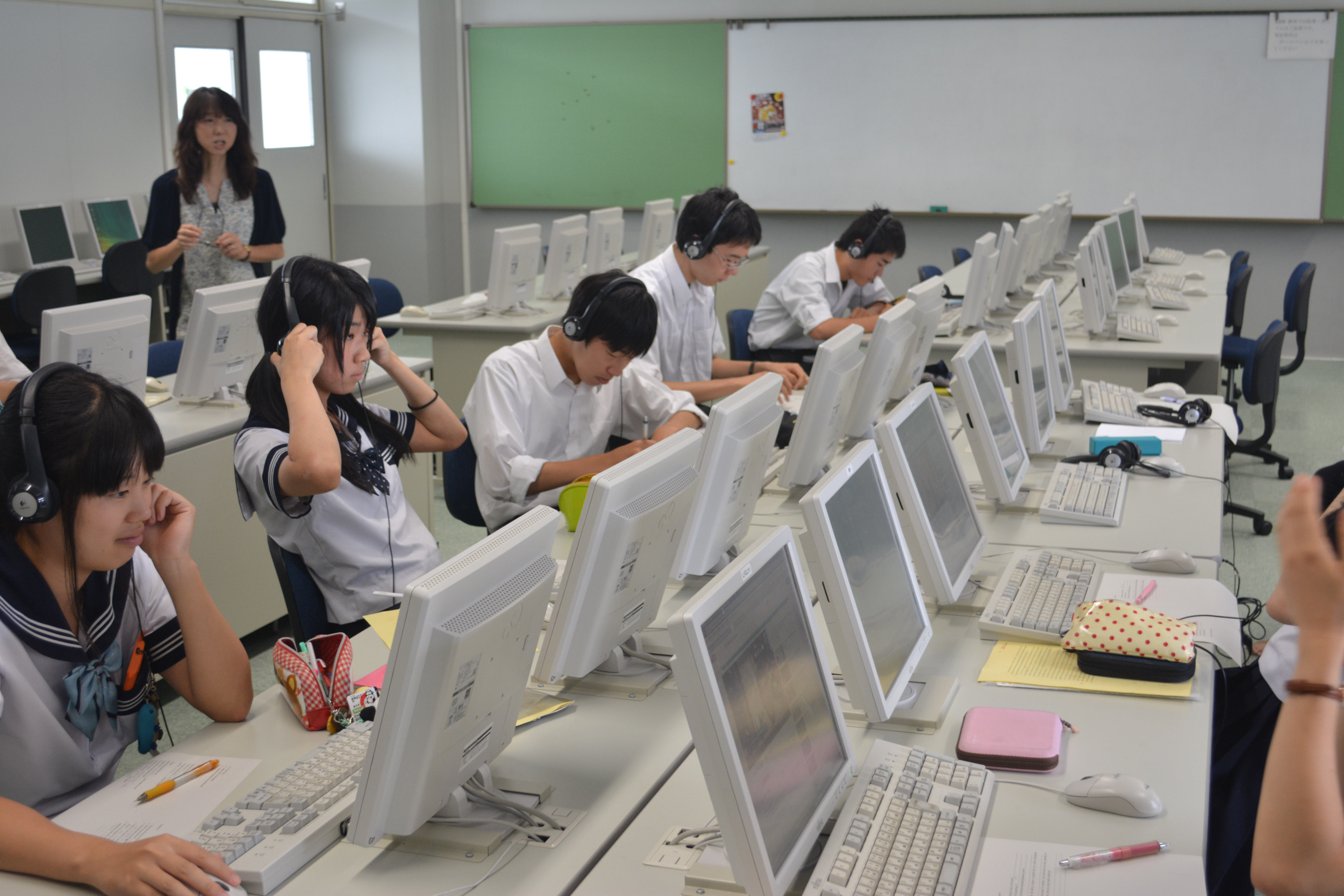In the perennial debate about English-language education in Japan, there is widespread agreement that the system is archaic and change is needed. The consensus stops there.
Everyone concerned has a panacea: more (or less) assistant language teachers, more teacher training, more technology, more of a focus on language production, less testing, better testing, smaller class sizes, eviscerating and overhauling the curriculum, greater use of English in class. The remedies are as numerous as the debate is old. But in a consensus-bound country such as Japan, change, if and when it comes, is usually incremental — and perhaps then, even obsolete.
No one could accuse Toru Nakahara, the superintendent of education for Osaka Prefecture, of kowtowing to the status quo. He is responsible for pushing through a raft of initiatives, chief among them the introduction of TOEFL (the Test of English as a Foreign Language) at top-performing high schools, which will be taught by an elite group of teachers earning approximately ¥8 million a year. (Disclosure: I teach part-time at one of these schools.) From the board of education's perspective, this is radical. But is it also just a formulaic riff on the "teach to the test" approach?



















With your current subscription plan you can comment on stories. However, before writing your first comment, please create a display name in the Profile section of your subscriber account page.